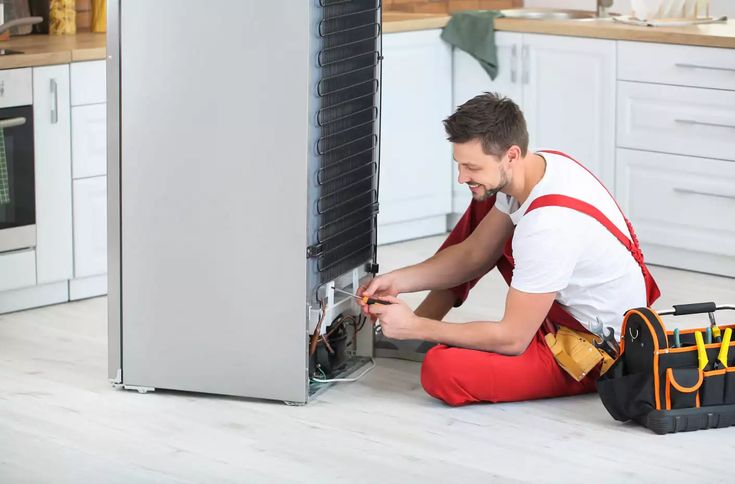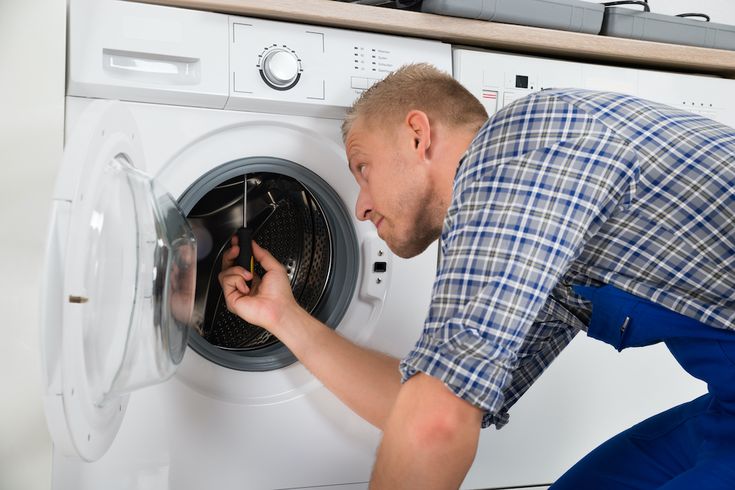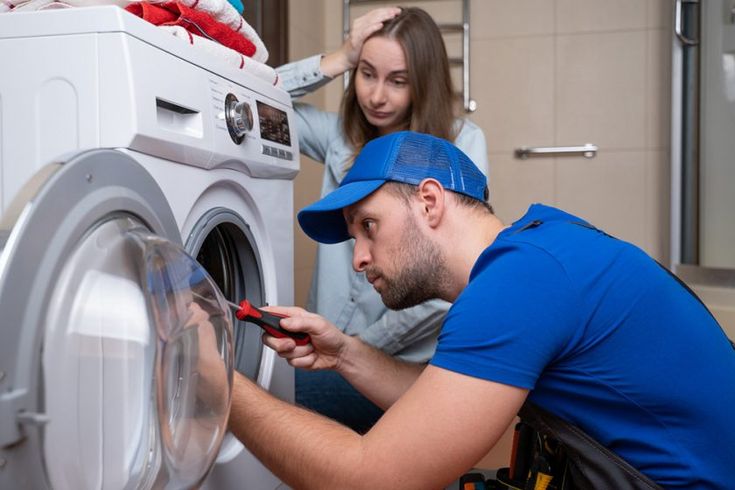
Repairing appliances can be a cost-effective alternative to replacing them. However, working with electrical, gas, or mechanical components can pose serious risks if not handled properly. Whether you are a professional technician or a DIY enthusiast, prioritizing safety is crucial to preventing accidents, injuries, or property damage. This article outlines essential safety considerations to keep in mind when repairing appliances.
1. Understanding the Appliance and Its Components
Before attempting any repair, familiarize yourself with the appliance, its components, and the manufacturer’s instructions. Study the user manual and service guide to understand its wiring, circuits, and safety mechanisms. Each appliance has specific safety features and requirements that must be observed to avoid accidental damage or injury.
2. Disconnect Power and Gas Sources
One of the most critical steps in appliance repair is disconnecting power and gas sources before beginning work. For electric appliances, unplug the device from the power outlet or switch off the circuit breaker. For gas-powered appliances, turn off the gas supply to prevent leaks or explosions. Double-check to ensure no residual power is flowing before touching internal components.
3. Use Personal Protective Equipment (PPE)
Wearing the right protective gear can reduce the risk of injuries. Essential PPE includes:
- Insulated gloves – Protects against electric shocks.
- Safety goggles – Shields eyes from debris, sparks, and chemicals.
- Dust mask or respirator – Prevents inhalation of dust, mold, or toxic fumes.
- Steel-toe boots – Protects feet from falling objects or sharp components.
- Fire-resistant clothing – Reduces the risk of burns in case of electrical sparks.
4. Work in a Well-Ventilated and Dry Area
Ensure the repair space is clean, dry, and well-ventilated. Moisture increases the risk of electric shock, while poor ventilation can trap harmful fumes or gases. If working with gas appliances, ensure there is adequate airflow to prevent the buildup of hazardous gases like carbon monoxide.
5. Use the Right Tools and Equipment
Using the correct tools for the job enhances safety and efficiency. Common tools for appliance repair include:
- Multimeter – Measures voltage, resistance, and current to check for electrical faults.
- Insulated screwdrivers – Reduces the risk of electric shock.
- Wire strippers and cutters – Ensures safe handling of electrical wiring.
- Torque wrench – Prevents overtightening of screws and bolts.
- Leak detector – Identifies gas leaks in appliances. Using makeshift tools or improper equipment increases the likelihood of accidents and damages.
6. Be Cautious with Electrical Components
Electrical repairs require extreme caution. Always assume that electrical components may still carry a charge. To minimize risk:
- Use a voltage tester to confirm there is no power in the circuit.
- Avoid touching metal parts with bare hands.
- Handle capacitors carefully, as they store electrical energy even after power is disconnected.
- If unsure about electrical work, consult a professional to avoid hazardous mistakes.

7. Prevent Gas Leaks and Explosions
For gas-powered appliances such as stoves, water heaters, or dryers, safety precautions include:
- Shutting off the gas supply before repairs.
- Checking for gas leaks using soapy water or a gas leak detector.
- Avoiding open flames, cigarettes, or sparks near the appliance.
- Ensuring proper reconnection of gas lines after repairs. If a gas leak is detected, evacuate the area immediately and contact a professional.
8. Handle Refrigerants with Care
Appliances like refrigerators and air conditioners contain refrigerants that can be harmful if inhaled or improperly released. When handling refrigerants:
- Work in a well-ventilated area.
- Use recovery machines to safely remove refrigerant before repairs.
- Wear protective gloves and avoid direct skin contact.
- Follow local regulations for refrigerant disposal and handling. Improper handling can result in environmental harm and health risks.
9. Beware of Sharp Edges and Moving Parts
Many appliances have sharp metal edges or rotating components that can cause injuries. To stay safe:
- Wear gloves when handling metal parts.
- Avoid placing fingers near moving mechanisms like fan blades or belts.
- Ensure the appliance is fully turned off before accessing internal components. Being mindful of these hazards helps prevent cuts, lacerations, or entanglements.
10. Avoid Overloading Electrical Circuits
When testing appliances after repair, avoid overloading circuits, which can lead to electrical fires. Check the power rating of the appliance and ensure it matches the outlet’s capacity. If using extension cords, ensure they are rated for the appliance’s voltage and current requirements.
11. Follow Manufacturer’s Safety Guidelines
Each appliance has unique repair guidelines provided by the manufacturer. Following these instructions ensures safe repairs and prevents accidental damage. Using unauthorized replacement parts or bypassing safety mechanisms can lead to malfunctioning and increased risks.
12. Be Prepared for Emergencies
Even with precautions, accidents can happen. Be prepared by:
- Keeping a fire extinguisher nearby (Class C for electrical fires, Class B for gas fires).
- Knowing how to shut off power and gas supplies quickly.
- Having a first aid kit available for minor injuries.
- Knowing emergency contact numbers in case of severe incidents. Quick response to emergencies can mitigate damage and injury.
13. Avoid DIY Repairs for Complex Issues
While minor repairs like replacing a fuse or fixing a loose wire can be done by DIY enthusiasts, complex repairs should be left to professionals. High-voltage appliances, sealed systems, or intricate electrical components require expert knowledge and proper equipment.

14. Double-Check Your Work Before Reconnecting Power
After completing repairs, conduct a thorough inspection before restoring power. Verify:
- All components are securely connected.
- No loose wires or exposed conductors.
- Gas connections are properly sealed (if applicable).
- The appliance is properly grounded. A final safety check ensures the appliance operates correctly and safely.
15. Dispose of Old Parts and Materials Properly
Old components, wiring, and refrigerants must be disposed of according to safety regulations. Many electronic parts contain hazardous materials like lead or mercury. Check local disposal guidelines and take hazardous waste to appropriate recycling centers.
Conclusion
Safety should always be the top priority when repairing appliances. By following these considerations—disconnecting power sources, wearing protective gear, handling components carefully, and adhering to manufacturer guidelines—you can prevent accidents and ensure a safe working environment. If a repair seems too complex or dangerous, consulting a professional is always the best choice. Prioritizing safety not only protects you but also ensures that the appliance functions correctly and efficiently.


